Making sure our homes are safe
We take your safety seriously. So we look after our homes and make sure they are in a good state of repair. We comply with all safety regulations and tell you what to do or who to go to for help in the case of any issues.
Making sure our homes are safe
We take your safety seriously. So we look after our homes and make sure they are in a good state of repair. We comply with all safety regulations and tell you what to do or who to go to for help in the case of any issues.
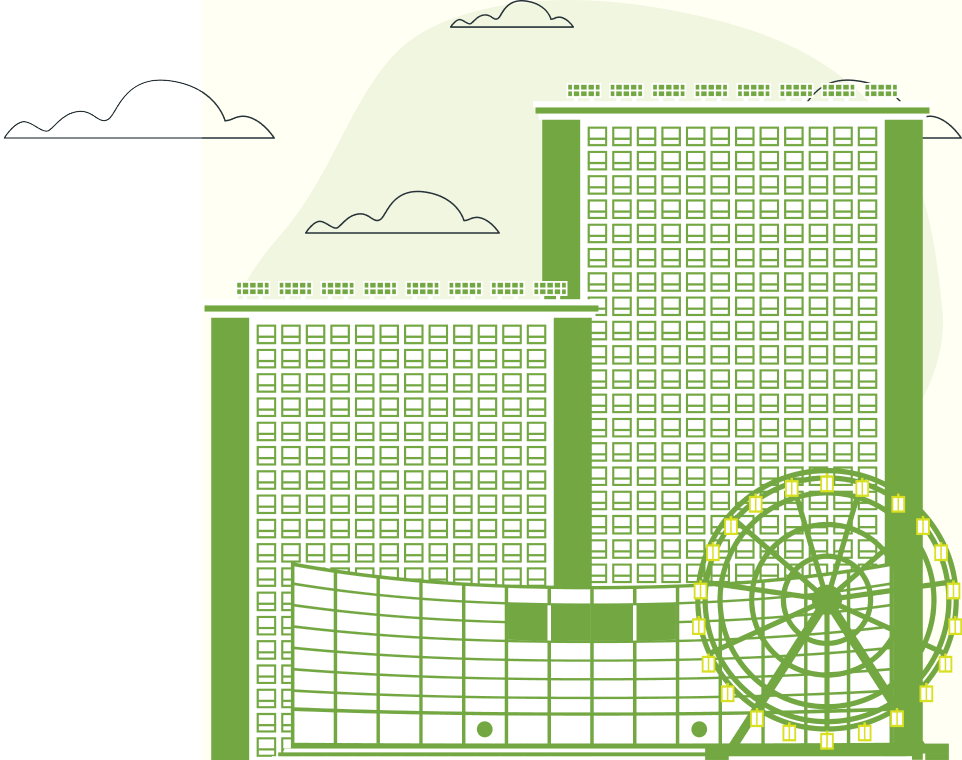

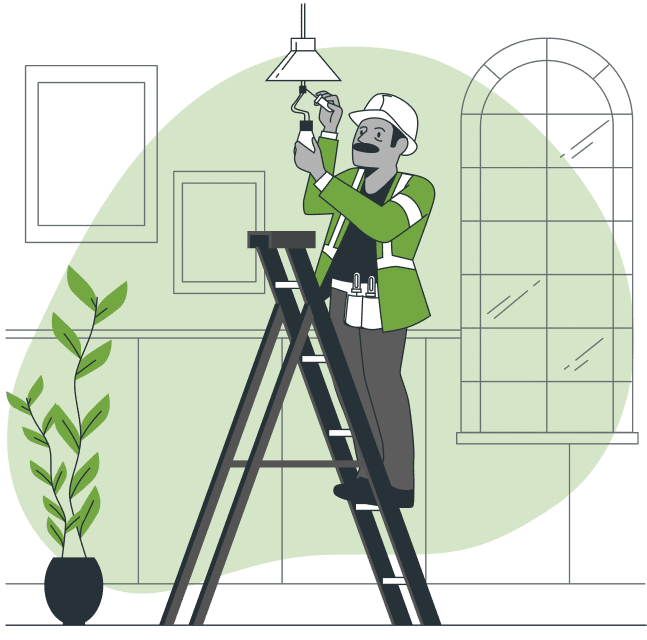
Electrical Safety
Ensuring electrical safety in your home is crucial. Here are some tips to help you stay safe:
1. Inspect Cords and Plugs
Regularly check for frayed or damaged cords and plugs.
2. Avoid Overloading Sockets
Don’t plug too many devices into one outlet.
3. Use RCDs (Residual Current Devices)
Ensure your home is fitted with RCDs to protect against electrical shocks.

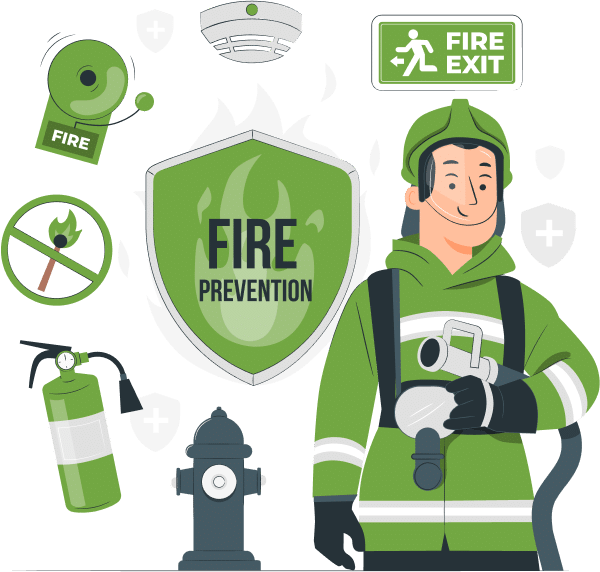
Fire Safety
Fire safety is a top priority. Follow these guidelines to protect your home:
1. Install Smoke Alarms
Place smoke alarms on every level of your home and test them monthly.
2. Plan an Escape Route
Have a clear plan in case of a fire, and practice it with your family.
3. Keep Fire Extinguishers Handy
Place fire extinguishers in key areas like the kitchen and garage.
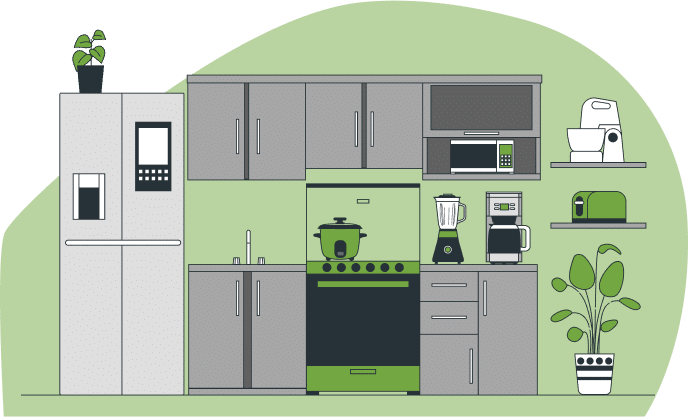
Gas Safety
Gas safety is essential to prevent leaks and carbon monoxide poisoning:
1. Regular Servicing
Ensure your gas appliances are serviced annually by a qualified engineer.
2. Install Carbon Monoxide Detectors
Place detectors near sleeping areas and test them regularly.
3. Know the Signs of a Gas Leak
Familiarize yourself with the smell of gas and know how to turn off the supply.

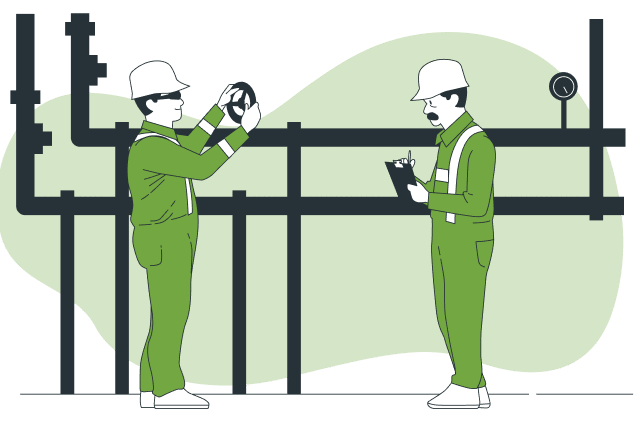
Water Safety
Prevent water damage and hazards by following these tips:
1. Check for Leaks
Regularly inspect plumbing for leaks and fix them promptly.
2. Use Water Alarms
Install water alarms in areas prone to leaks like basements and under sinks.
3. Know How to Shut Off Water
Ensure everyone in the household knows how to shut off the main water supply.
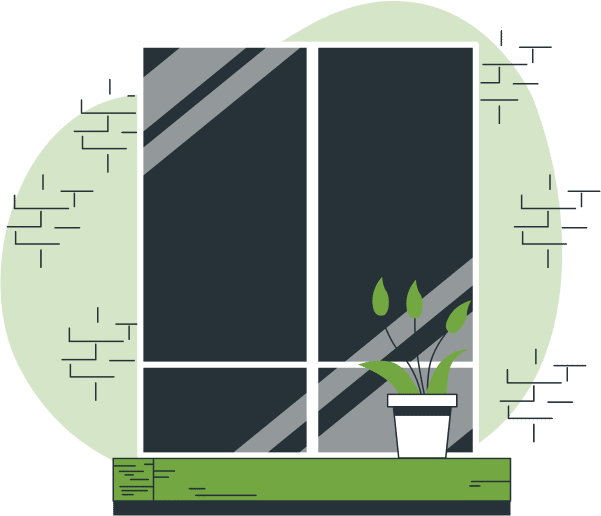
Home Security
Keep your home secure with these measures:
1. Lock Doors and Windows
Always lock your doors and windows, even when you’re at home.
2. Install Security Systems
Use alarms and cameras to deter intruders.
3. Keep Your Property Well-Lit
Use outdoor lighting to illuminate dark areas around your home.


Health and Safety
Maintain a healthy and safe home environment:
1. Control Moisture and Mold
Use dehumidifiers and fix leaks to prevent mold growth.
2. Ensure Adequate Ventilation
Keep your home well-ventilated to improve air quality.
3. Store Chemicals Safely
Keep household chemicals out of reach of children and pets.
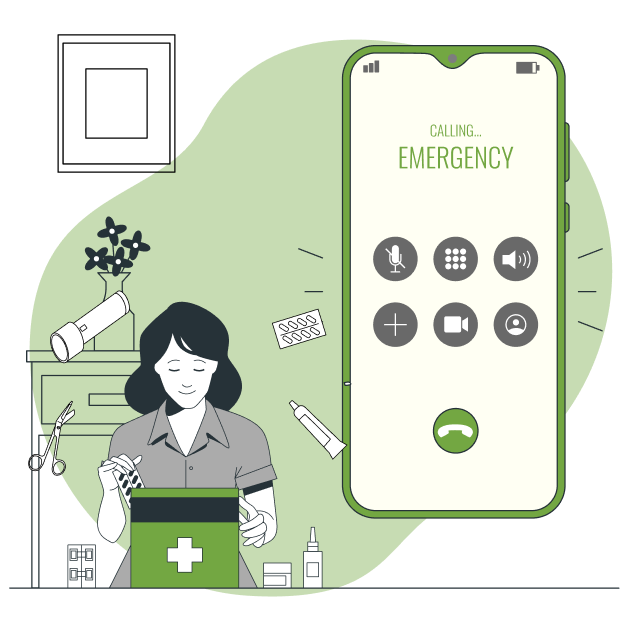
Emergency Planning
Be prepared for emergencies with these steps:
1. Create an Emergency Kit
Include essentials like water, food, medications, and a first-aid kit.
2. Stay Informed
Know the local emergency procedures and stay informed about potential hazards.
3. Have a Communication Plan
Ensure all family members know how to contact each other in an emergency.


How to Change a Light Bulb
At Reliance Housing, we strive to empower our residents with practical skills that make everyday life easier. One such essential task is changing a light bulb. This simple, yet crucial, maintenance task ensures that your home remains well-lit and safe. Whether you’re new to DIY projects or just need a refresher, this guide will walk you through the steps to change a light bulb safely and efficiently. By following these steps, you’ll not only keep your home bright but also gain confidence in handling basic home maintenance tasks.
1. Safety First
Before you start, make sure the light switch is turned off to avoid any electrical hazards. If the bulb has been on recently, allow it to cool down to prevent burns. If the fixture is high up, use a sturdy step stool or ladder to reach it safely.
2. Removing the Old Bulb
Carefully grip the bulb and twist it counterclockwise. If it’s a bayonet fitting, push it gently and twist. For a screw fitting, just twist until the bulb comes loose. Dispose of the old bulb responsibly, especially if it’s an energy-saving or LED bulb, as these contain materials that need to be recycled properly.
3. Choosing the Right Replacement Bulb
Ensure you have the correct replacement bulb. Check the fitting type (bayonet or screw), wattage, and type of bulb (LED, halogen, etc.). Using a bulb with the incorrect wattage can damage the fixture or cause excessive heat.
4. Installing the New Bulb
Insert the new bulb into the socket and twist it clockwise until it’s secure. For bayonet fittings, push the bulb in gently and twist. Be careful not to overtighten the bulb, as this can damage the fixture.
5. Testing the New Bulb
Once the new bulb is in place, turn the light switch back on to test it. If it doesn’t light up, double-check the fitting and ensure it’s screwed in properly. If the bulb still doesn’t work, there might be an issue with the fixture itself.
Changing a light bulb is a straightforward task that every household should be familiar with. By following these steps, you can ensure your home remains well-lit and safe. At Reliance Housing, we believe in empowering our residents with the knowledge and skills to handle basic home maintenance tasks. Now that you’ve successfully changed your light bulb, you can take pride in your ability to maintain your home.



